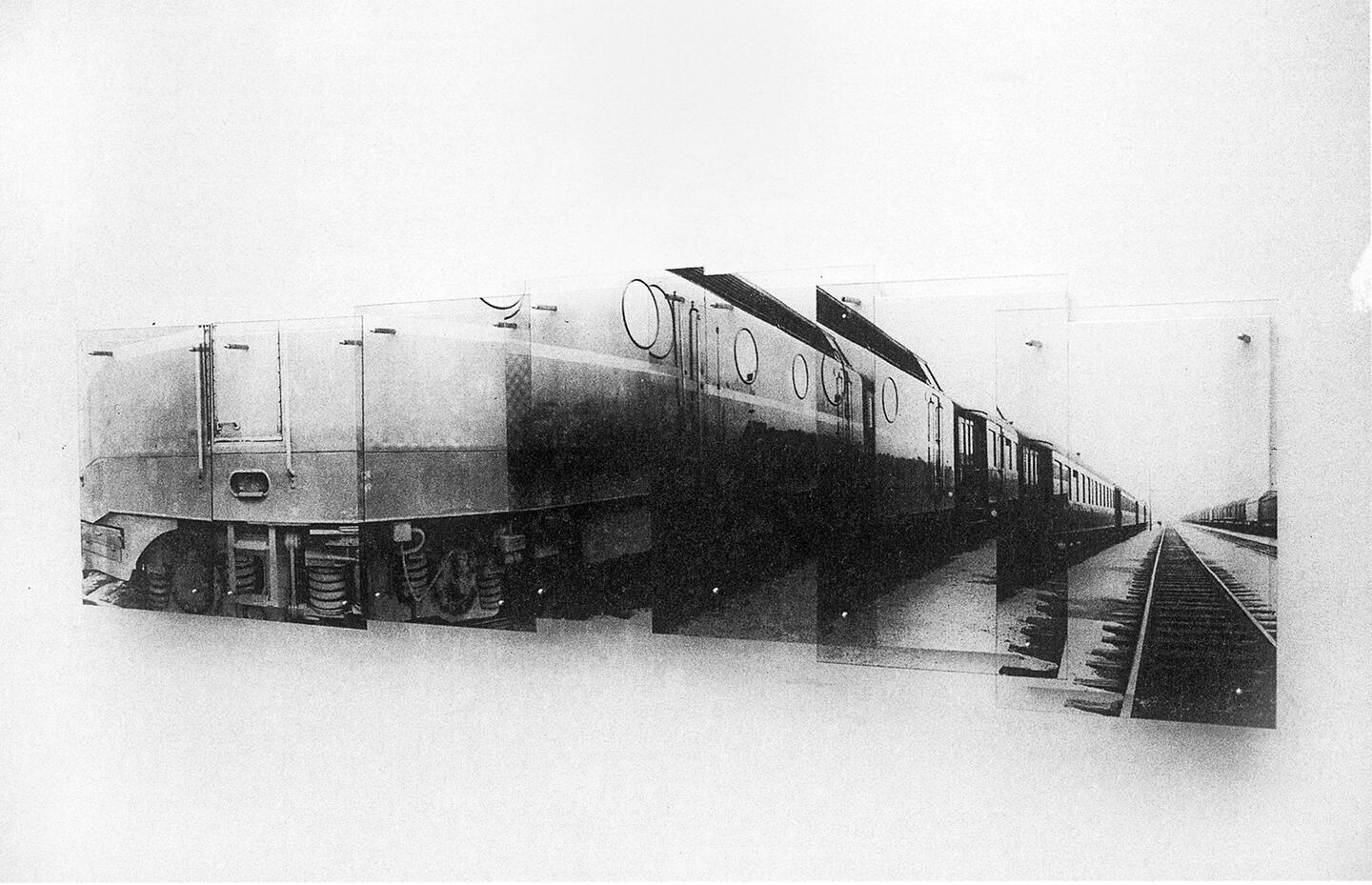VALIE EXPORT Rallies Against Catholicism and Conservatism
A retrospective at Albertina, Vienna, reintroduces audiences to one of Austria's most provocative feminist artists
A retrospective at Albertina, Vienna, reintroduces audiences to one of Austria's most provocative feminist artists

Clad in a fur coat and heeled leather loafers, VALIE EXPORT might be the epitome of the Austrian postwar bourgeoisie – shaped by Catholicism and conservatism – were it not for the young man, artist Peter Weibel, that she leads on a leash like a dog. Documented in a series of black and white photographs, the performance Aus der Mappe der Hundigkeit (From the Portfolio of Dogness, 1968) is – along with Tapp und Tastkino (Grope and Touch Cinema, 1968) and Aktionshose: Genitalpanik (Action Pants: Genital Panic, 1969) – one of EXPORT’s most famous pieces. All three are included in ‘VALIE EXPORT: A Retrospective’ at Albertina, Vienna, which focuses on her work from the 1960s to the 1990s. Curated by Walter Moser, the show asserts the photographic as EXPORT’s modus operandi across all media, including performance, drawing and large-scale installation.

Born Waltraud Lehner in Linz in 1940, the artist appropriated the moniker VALIE EXPORT from a brand of cigarettes to distance herself from patriarchal family names. From the beginning, ‘expanded cinema’, as she terms it, was at the centre of her feminist practice, which opposed conservative Austrian society and the misogynist representation of the female body – particularly by Viennese actionists like Otto Muehl.

In Tapp und Tastkino, for instance, she strapped on a vendor’s tray with miniature cinema curtains, inviting the public to feel her naked breasts through them, while Aktionshose: Genitalpanik saw her march into a cinema wearing crotchless trousers and carrying a machine gun, prompting the audience to look at EXPORT and away from the unrealistic portrayals of women’s bodies on-screen. These actions, and the photographs and posters of them, have become iconic in Austria, but maybe even more so abroad, where EXPORT has held professorships. So, while the Albertina show doesn’t exactly offer a brand-new perspective on EXPORT’s practice, it does exhibit many works that haven’t been shown in Vienna in over a decade – or in some cases, at all – making the show an important reintroduction to Austrian audiences of one of the country’s pioneering artists.

photograph: Werner Schulz
In the short film … Remote … Remote … (1973), EXPORT addresses forms of trauma and suffering: sitting before a blown-up police photograph of two abused children, cutting into her cuticles with a knife, she dips her bleeding fingers into a bowl of milk and licks them. Biblical motifs and nods to EXPORT’s catholic upbringing reverberate throughout the exhibition, with the most direct references found in ironic re-enactments of religious images. For instance, Die Geburtenmadonna, nach Michelangelo Buonarroti’s ‘Pietà, Madonna della Febbre’ 1498–1501 (The Birth Madonna, after Michelangelo Buonarroti’s ‘Pietà, Madonna della Febbre’ 1498–1501, 1976/80) shows a woman perched on top of a washing machine ‘birthing’ a towel that emerges from its drum. Today’s models may be higher-tech, but EXPORT’s Madonna is as pertinent as ever to discussions of domestic labour.

Not every work in the show is so successful, however, and it becomes clear that EXPORT’s oeuvre is less emphatic when her focus moves beyond the body. Schriftzug (Lettering, 1973), for instance, sees her chalking the titular word – a combination of ‘writing’ and ‘train’ – in loopy cursive onto a railway carriage: a stilted visual pun that seems almost quaint today. Nonetheless, the piece is indicative of the artist’s playfulness and deep interest in language, which echoes throughout the exhibition. In the video I turn over the pictures of my voice in my head (2008), for example, EXPORT uses a laryngoscope to explore her mouth. ‘The voice is a swift arrow, boring into the fat body of language,’ she croaks as the device impacts her speech. Given this interest, it seems a shame that the show abruptly stops in the late 1990s. EXPORT is still working aged 83 and, I’d imagine, still has plenty left to say.
‘VALIE EXPORT. A Retrospective’ is on view at Albertina, Vienna, until 1 October
Main image: VALIE EXPORT, SMART EXPORT, 1970, gelatin silver print. Courtesy: © the artist; photograph: © Gertraud Wolfschwenger, Bildrecht, Wien 2023






















